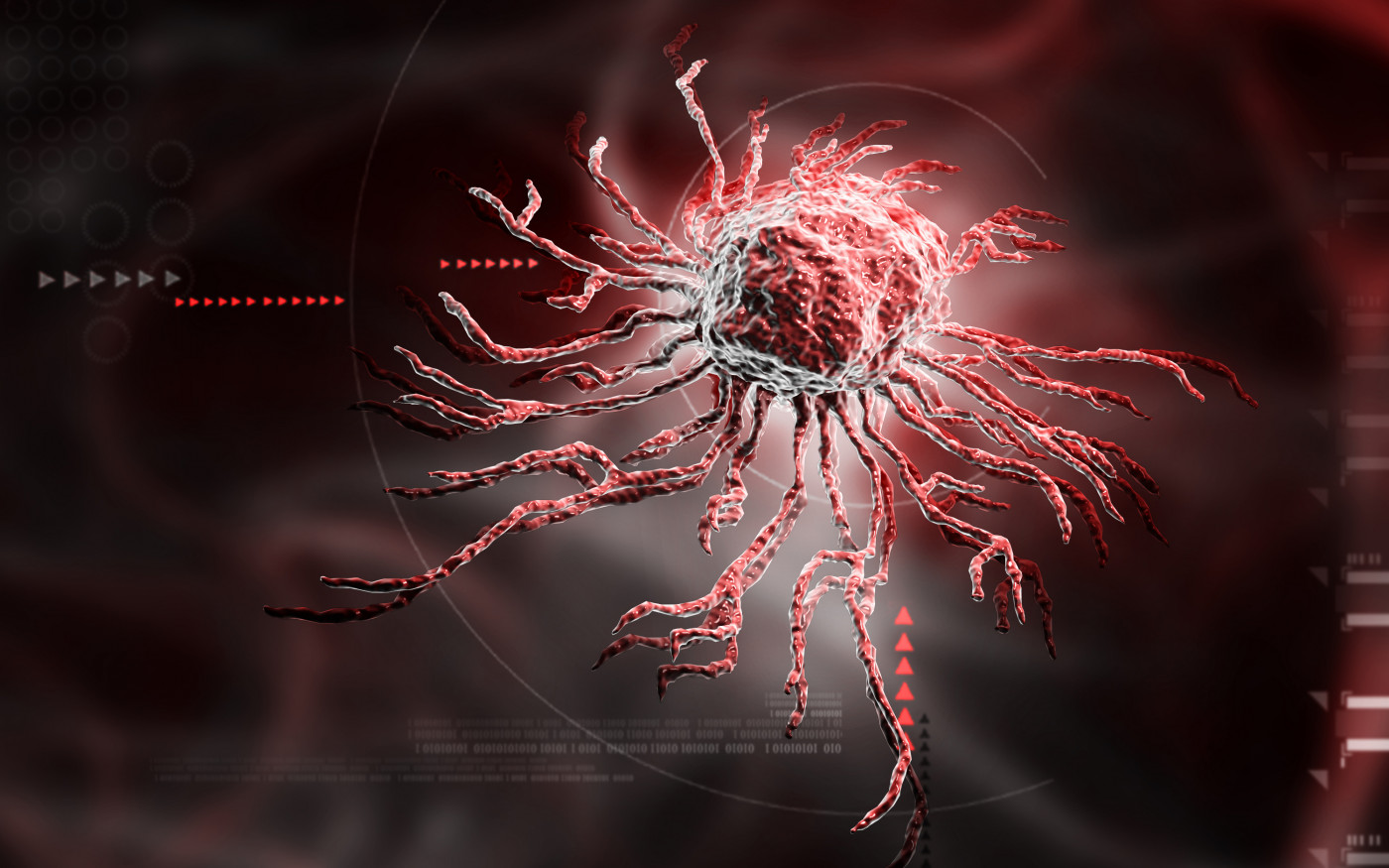Blood Stem Cell Transplant Better than DMTs at Reducing Risk of Disease Progression in RRMS
Written by |

Autologous hematopoietic stem cell transplant is better than disease-modifying therapies (DMT) at reducing the risk of disease progression in patients with relapsing-remitting multiple sclerosis (RRMS), results from the MIST clinical trial show.
The study “Effect of Nonmyeloablative Hematopoietic Stem Cell Transplantation vs Continued Disease-Modifying Therapy on Disease Progression in Patients With Relapsing-Remitting Multiple Sclerosis – A Randomized Clinical Trial” was published in the journal JAMA.
While RRMS patients may respond to immune suppressive therapies, in order to be effective these need to be applied early in the disease course, i.e., while MS is mainly an immune-mediated and inflammatory disease.
Up to now, no therapeutic strategy has been able to prevent progressive disability. Hematopoietic stem cell transplant (HSCT) has shown potential to slow or prevent progressive disability in RRMS patients.
This strategy first collects a patient’s own (aka, autologous) healthy hematopoietic (blood cell-producing) stem cells from the bone marrow, followed by a much less aggressive combination of chemotherapy (non-myeloablative) that kills the rest of the patients’s immune cells.
The hematopoietic stem cells are then infused back into body where they generate a new, healthy immune system.
In the MIST Phase 2 clinical trial (NCT00273364), an international team of researchers evaluated how non-myeloablative HSCT compares to continuous DMT therapy.
The study enrolled 110 patients, ages 18 to 55, with aggressive RRMS. All participants had at least two relapses while undergoing treatment with DMTs in the previous year.
The Multiple Sclerosis News Today forums are a place to connect with other patients, share tips and talk about the latest research. Join today!
Fifty-five patients were randomized to receive a chemotherapy drug (cyclophosphamide, sold under the brand name Cytoxan, among others) plus a suppressant of the immune system (to prevent HSCT rejection), followed by HSCT; the other 55 patients (control group) received a stronger DMT, different from the one they had received during the previous year.
A wide-selection of DMT therapies was included in the control group, namely: interferons; Tysabri (natalizumab); Tecfidera (dimethyl fumerate); Gilenya (fingolimod); Copaxone (glatiramer acetate), and Novantrone (mitoxantrone). Other immune drugs in the control arm included corticosteroids, Cytoxan (cyclophosphamide) and rituximab.
Patients in the DMT group whose disease progressed after one year in the study were allowed to cross into the HSCT group.
The study’s primary goal was tracking disease progression, defined as an increase of one point or more, after one year, in the Expanded Disability Status Scale (EDSS) score, a method to quantify disability in MS (the higher the score, the worse is the patient’s disability).
Secondary goals included the number of relapses, safety, and quality-of-life, among other outcomes.
Of the 110 initial patients, 103 remained in the trial; 98 were evaluated at one year, and 23 of them yearly for five years (median follow-up of two years).
The study met its primary goal with significantly fewer patients in the HSCT group experiencing disease progression (three of 52 patients) after one year, compared to those in the DMT group (34 of 51 patients).
Progression increased over time, but significantly less in the HSCT group. In fact, researchers were unable to calculate median time to progression due to such a low number of cases. In the DMT group, disease progressed after a median of 24 months.
In the first year, 36 of 52 participants in the DMT group experienced a relapse, while only one patient relapsed in the HSCT group. During this period, the EDSS scores decreased in the HSCT group, dropping from 3.38 to 2.36; meanwhile, in the DMT group they increased from 3.31 to 3.98.
Patients in the HSCT group also showed significantly less disease activity on MRI scans after one year.
No patient died during the study, and no potential life-threatening events occurred in the HSCT group, such as cardiac failure or sepsis (generalized infection affecting multiple organs).
Researchers registered 31 post-transplant infections, mostly upper respiratory, urinary tract infections, and shingles (also known as herpes zoster, an infection of a nerve and the skin around it). A serious bleeding disorder, called idiopathic thrombocytopenic purpura, and an autoimmune thyroid disease affected two and four patients, respectively, in the HSCT group.
The small number of patients and the crossover option for patients whose EDSS worsened with continued DMT treatment preventing a long-term analysis of outcomes, are some of the limitations noted by study researchers. Also, more recent, powerful DMTs, such as Lemtrada (alemtuzumab) and Ocrevus (ocrelizumab), were not tested in the DMT group.
Overall, while researchers consider the study preliminary, the findings showed that in “patients with relapsing-remitting MS, nonmyeloablative HSCT, compared with DMT, resulted in prolonged time to disease progression,” they wrote.
But “further research is needed to replicate these findings and to assess long-term outcomes and safety,” the team added.
“This important trial adds to accumulating evidence of the possible benefits of bone marrow stem cell transplantation in people with aggressive relapsing MS who have not benefited from conventional disease-modifying therapy,” Bruce Bebo, PhD, said in a press release. Bebo is the National MS Society’s executive vice president of research.
“It is not yet clear who are the best candidates for this procedure, or which is the optimal regimen, and how the benefits and risks compare to those of powerful immune-modulating therapies. At least one larger, phase 3 controlled trial is now underway to help answer these important questions,” Bebo added.
Previous interim results from the MIST trial were presented last year at the 2018 Annual Meeting of the American Academy of Neurology.





